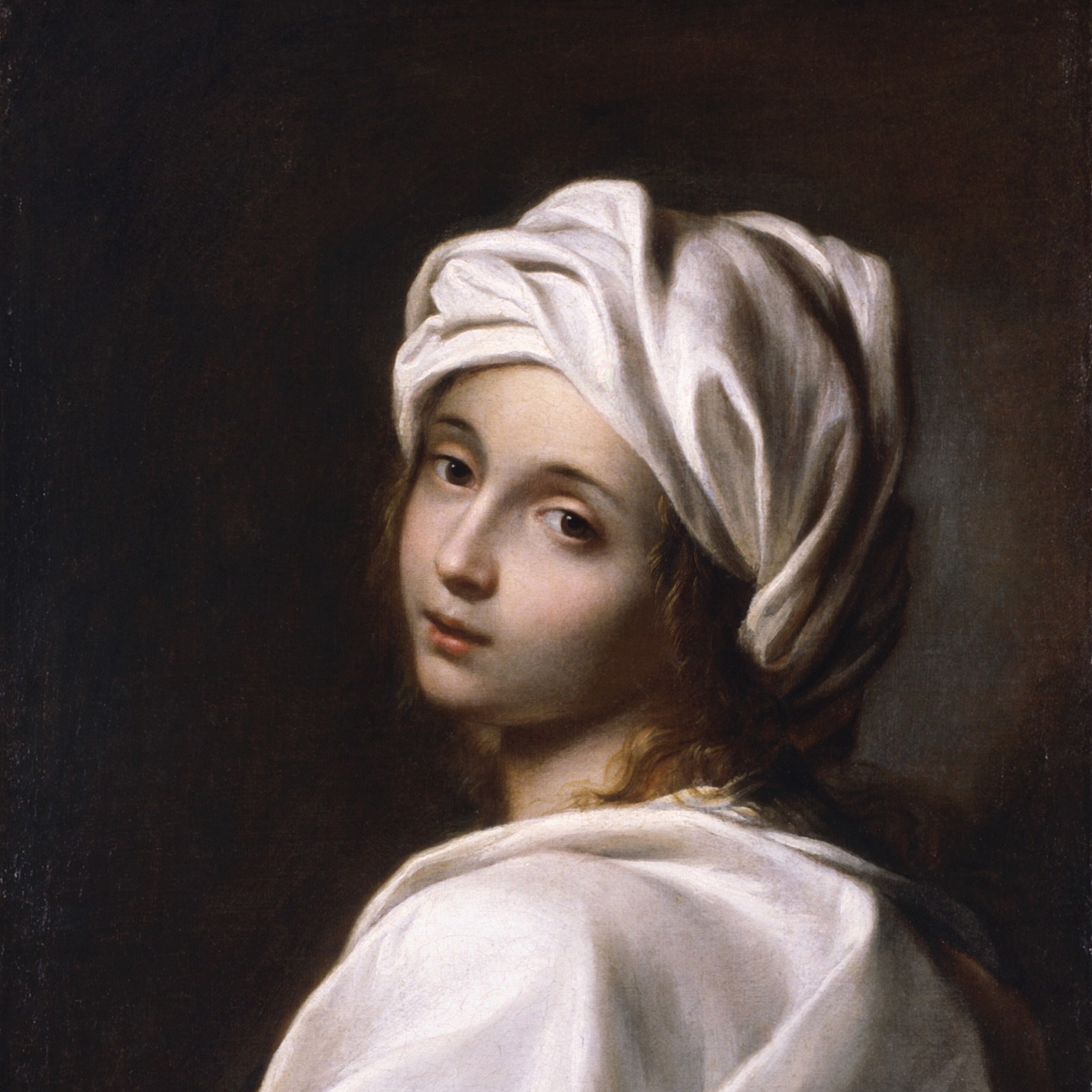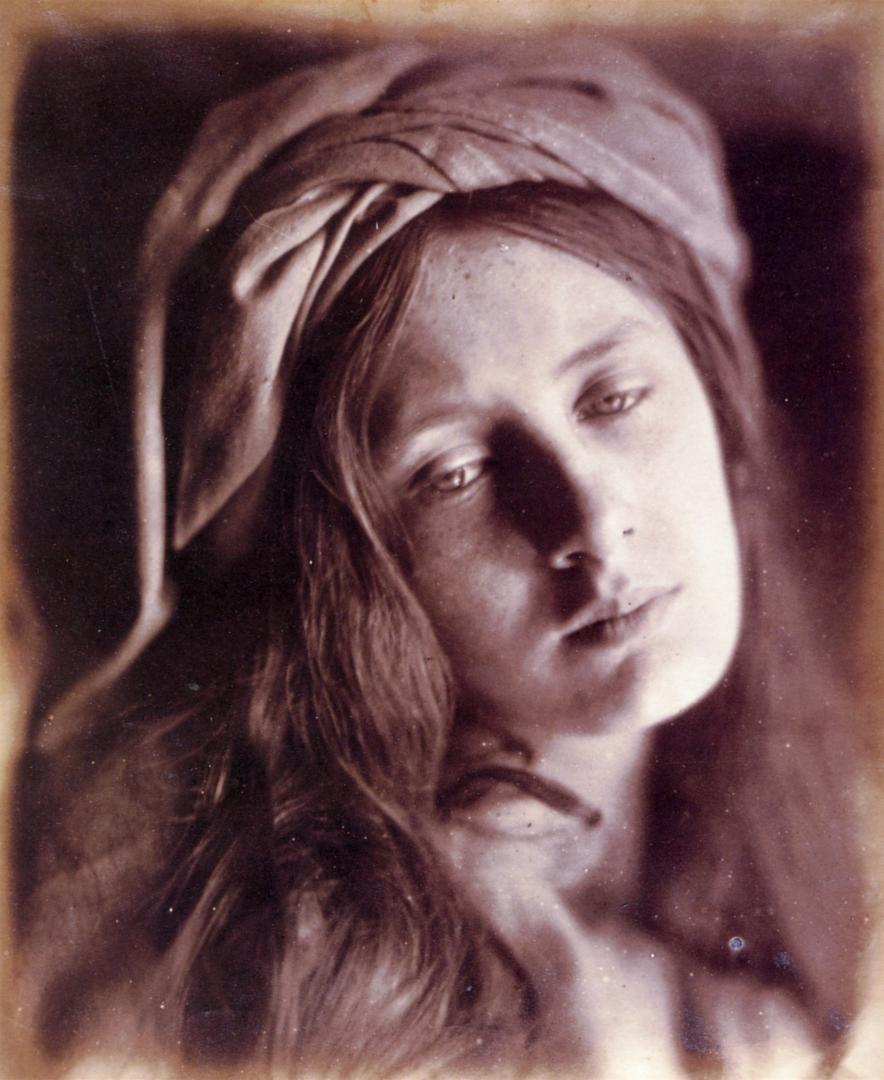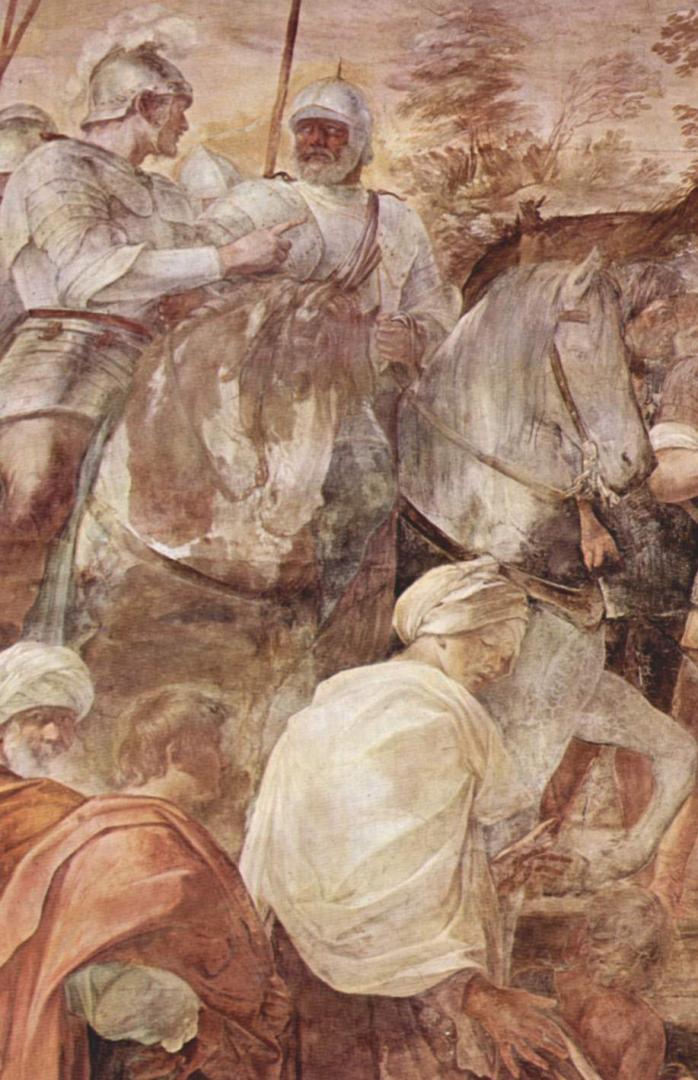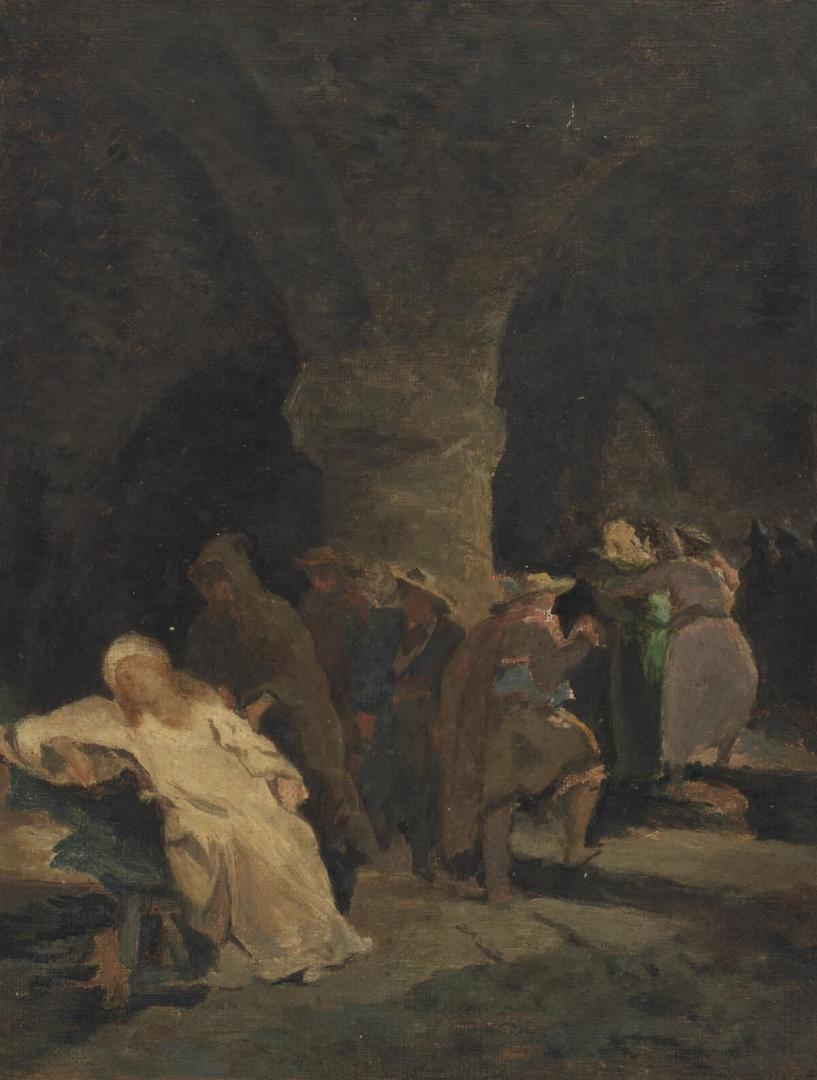
1577 - 1599
Beatrice Cenci
Summary
Name:
Beatrice CenciYears Active:
1598Birth:
February 06, 1577Status:
ExecutedClass:
MurdererVictims:
1Method:
BeatingDeath:
September 11, 1599Nationality:
Italy
1577 - 1599
Beatrice Cenci
Summary: Murderer
Name:
Beatrice CenciStatus:
ExecutedVictims:
1Method:
BeatingNationality:
ItalyBirth:
February 06, 1577Death:
September 11, 1599Years Active:
1598bio
Beatrice Cenci was born on February 6, 1577, in Rome, Italy. She was the daughter of Count Francesco Cenci and Ersilia Santacroce. The Cenci family lived in an aristocratic setting, residing at the Palazzo Cenci in the rione Regola of Rome. Beatrice had an older brother named Giacomo and a younger half-brother named Bernardo, who was born from her father's second marriage with Lucrezia Petroni. The family also owned a castle called La Rocca of Petrella Salto, located in a village near Rieti.
When Beatrice was seven years old, her mother passed away in June 1584. After this loss, Beatrice and her elder sister Antonina were sent to live in a small monastery, Santa Croce a Montecitorio, which was operated by Franciscan nuns. The atmosphere of their home and the life that followed was difficult. Beatrice's father, Francesco, was known for his violent temper and dissolute behavior. He had a troubled life and was known to have been in trouble with the authorities on several occasions.

As she grew older, Beatrice faced more hardship. It is reported that her father abused her and other members of the family. She tried to seek help from the authorities, but no effective action was taken against him. This led to a tense situation at home, causing Beatrice and her family to live in fear. Eventually, Francesco sent Beatrice and her stepmother away from the city to their family castle, hoping to isolate them.
murder story
Beatrice Cenci and her family decided to take drastic action against her father, Count Francesco Cenci, because of his abusive behavior. In 1598, during one of his stays at the family's castle, they organized a plan to kill him. They had two vassals help them. One of these vassals was secretly Beatrice's lover. They first tried to drug him, but this attempt did not kill him. Frustrated, Beatrice, her siblings, and their stepmother then bludgeoned Francesco to death with a hammer. After the murder, they threw his body off a balcony to make it look like an accident.

However, the authorities did not believe that Francesco's death was accidental. The papal police began to investigate his disappearance. Beatrice's lover was tortured during the investigation but died without revealing the truth about the murder. A family friend who knew about the murder ordered the killing of the second vassal to avoid any risk of being caught. Despite their efforts to cover up the crime, the Cenci family was arrested. They were found guilty and sentenced to death.

People in Rome protested against the decision of the tribunal because they understood the reasons behind the murder. They obtained a brief postponement of the executions. However, Pope Clement VIII was concerned about a rise in similar crimes and showed no mercy. On September 11, 1599, Beatrice and her family members were taken to Sant'Angelo Bridge for their executions.

In the cart to the scaffold, Beatrice's brother Giacomo was tortured continuously. Upon reaching the scaffold, Giacomo's head was smashed with a mallet, and his body was quartered. Then, Lucrezia and Beatrice were executed. Each of them was beheaded with a sword. The youngest sibling, Bernardino, was spared from execution but forced to witness the deaths of his family before being sent back to prison.
After her execution, Beatrice was buried at the church of San Pietro in Montorio. In the years following her death, she became a symbol of resistance against the powerful ruling class in Rome. A legend developed that claimed she returned every year on the night before her death, carrying her severed head.